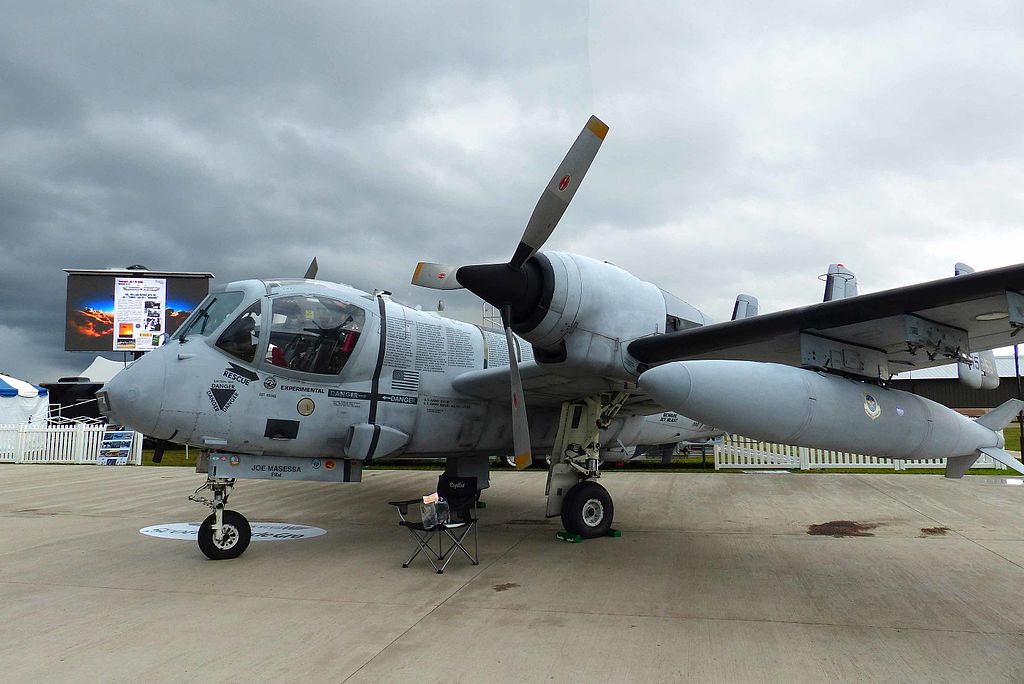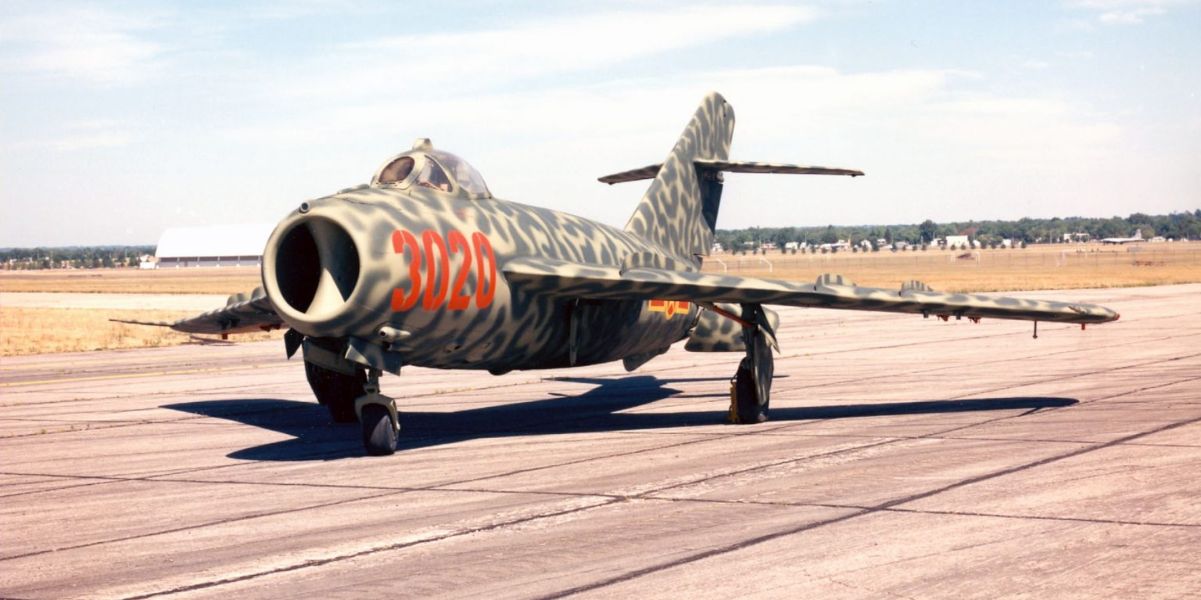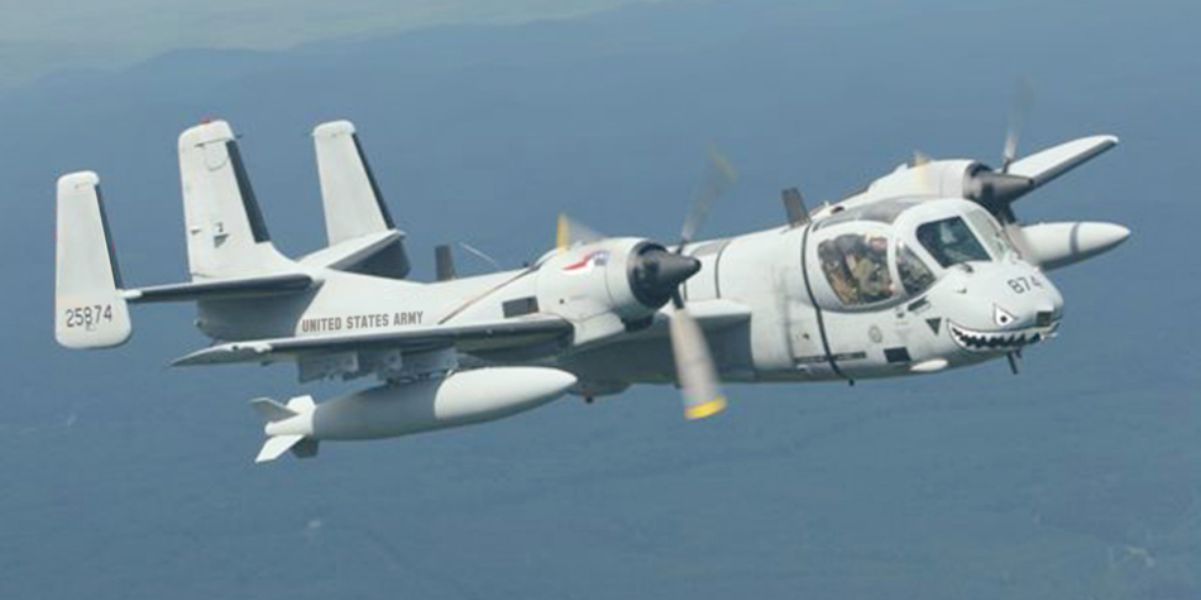The strangest aerial engagement of the Vietnam War
What was maybe the most peculiar aircraft combat of the Vietnam War occurred in late February 1968 over the triple canopy jungle of the Ashau Valley, above the clouds.
As stated in Going Downtown, The US Air Force over Vietnam, Laos, and Cambodia, 1961–75, Thomas McKelvey Cleaver’s book, on the morning of February 24, two US Army OV-1A Mohawks “threaded the needle” through the pass at the western end of the Ashau, which led to the Laotian plain beyond. The Mohawk was an aircraft with an unusual design, resembling a dragonfly in shape. It was the only fixed-wing aircraft used by the US Army that was equipped with underwing weaponry, consisting of two Zuni pods and a.50 caliber gun pod under each wing.
When the 73rd Aviation Company “wrote the book” on Mohawk operations in Vietnam, from December 1964 to November 1965, Captain Ken Lee, who had flown Mohawks for the first time, flew lead. The two flew high, while more than 6,000 PAVN troops were positioned under the riot of green below. The enemy disliked the bug-headed OV-1 because they had experienced firsthand the consequences of being discovered by the Mohawk’s side-looking radar and infrared detection gear.
Lee and his wingman knew that if they were forced down, they would face a dense jungle with 140 different species of poisonous snakes, leech-infested streams, cliffs, hills with 60-degree slopes, and the most unusual insects in the world—if the NVA didn’t discover them first.
OV-1 Vs MiG-17
Many years later, Lee recounted:
‘All of a sudden, I felt the airplane taking hits, but it felt different from before, not like the usual ground fire. I didn’t know why, so I commenced a clearing turn to the right, but then my wingman – who was maybe half a mile behind me in trail – shouted “You got a MiG behind you!” I immediately leveled my wings, just as a silver, swept wing airplane dove past on my left about sixty feet away at around 275 knots. My first thought was it was an Australian Sabre, since they were based in Thailand, but then I saw the red star and knew I was in trouble.’
The MiG-17 pulled out 200 feet below Lee and turned back. “I was a sitting duck. With our full load of ordnance and extra fuel, I was so heavy I’d stall at about 165 knots in a 30-degree bank, so I sure couldn’t dogfight him.” There was no need for two Mohawks to get shot down that day, so Lee gave his wingman the order to break left and over the mountain range into a cloud bank.

Then, as he slowed to launch his attack, the MiG pilot committed a major error. Despite its dragonfly-like design, the OV-1A was a very capable warplane. More than half the wing span was within the wake of the big, reversible pitch propellers, and the wing incorporated a pair of hydraulically operated auxiliary ailerons that worked only when the flaps were down, for better low-speed control. It was rated at 1.5G and +5G, fully aerobatic.
OV-1 pilot explains how he was able to shoot down a North Vietnamese MiG-17
Lee decided the best defense was a good offense and turned toward the approaching MiG:
‘I fired 38 rockets in two shots and got what looked like four hits. I put about 100 rounds into him – I could see the tracers going into the fuselage. Hitting his engine killed his power. His right-wing dropped when he got hit, and he went into a cloud bank. I pulled out of the clouds to the right and saw him come out about three to five seconds later. His right wing was low and his nose was pitched over, with flickers of red flame, followed by white smoke, then black smoke, and then orange flames.’
The MiG turned into what Lee knew was a blind valley. “He was so low, he could not have gotten out of that valley without impacting the hillside. The clouds were dense and I didn’t follow him in there.”
Back at the base at Phu Bai, Lee recalled:
‘I didn’t get scared from the fight till I climbed out and saw the bullet holes in the tail and the aft fuselage, but the unit leaders were also worried that maybe it had been an Aussie Sabre, plus nobody could explain how a MiG could be down over South Vietnam when they never came that far south before. The doubt continued for days.’
The two pilots, neither of whom was trained for air combat, were accused of trying to cover themselves from the repercussions of being involved in a second friendly fire incident.
“Three weeks earlier, my wingman was accused of hitting my airplane when we made a strafing run-up in Ashau,” Lee explained.

The only Army aviator to have shot down an enemy airplane in combat since the USAF was founded
The doubts ended when incontrovertible evidence of an air battle was produced:
‘My crew chief measured those 39 holes in my rear section and found they’d all struck at about a 45-degree angle, which would mean my wingman would have had to have been diving on me to do that. And then there was the fact that the holes were bigger than a .50 cal. They were about 20 millimeters. After my chief reported that, they started taking the story seriously.’
For the Army, Lee’s “victory” could turn into a major defeat if it became widely known that an Army airplane had shot down a MiG, which the Air Force considered its prerogative.
As Lee explained, “The Army was terrified the Air Force would force them to either disarm the Mohawks or even turn them over to the Air Force.” The event was officially forgotten until 2004, when Lee’s story was published in an aviation history magazine and the Army confirmed it had happened. “I always knew I’d got him, because a month later I flew into Ubon, and the guys at the Wolfpack found out who I was and told me ‘We know it happened, don’t ask how.’ They even let me take a victory flight around the bar in the officer’s club.”
Ken Lee is the only Army aviator to have shot down an enemy airplane in combat since the US Air Force was founded as a separate service. The flight suit he wore on that day is currently on exhibit at the Fort Rucker Army Aviation Museum.
Going Downtown The US Air Force over Vietnam, Laos, and Cambodia, 1961–75 is published by Osprey Publishing and is available to order here.

Photo by U.S. Army, U.S. Air Force, J. S. (Steve) Bond and Atsushi Tsubota via Wikipedia

